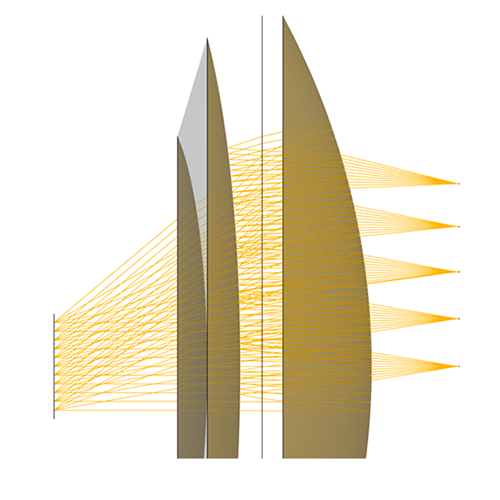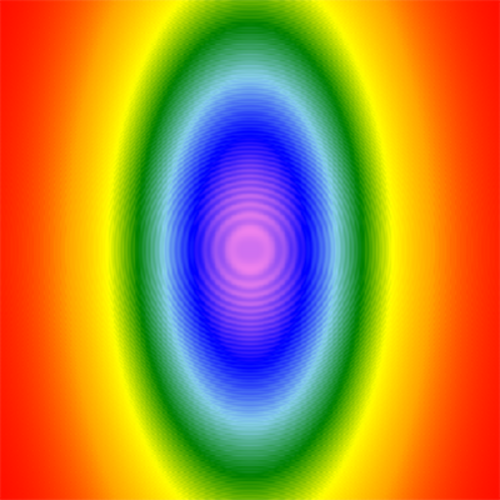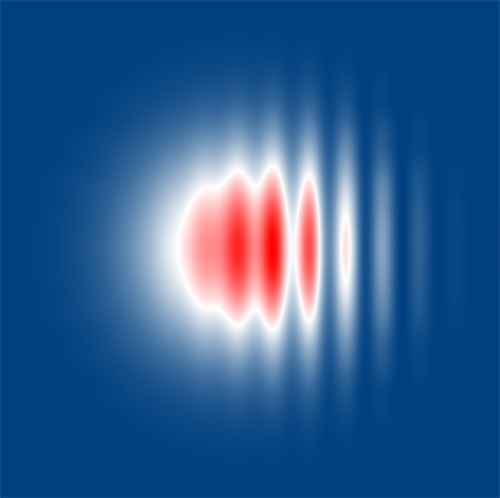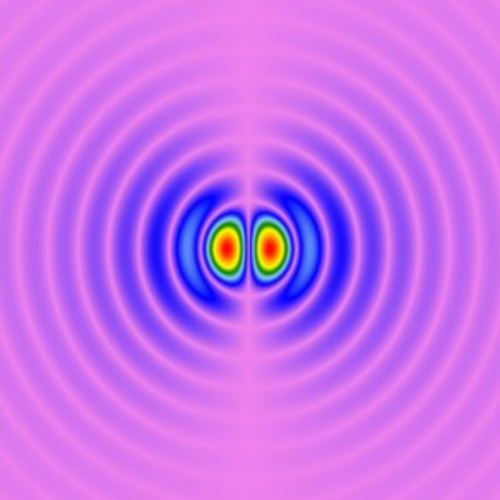Countless Methods for Evaluating Optical Systems
Using VirtualLab Fusion for simulation yields electromagnetic field data at any point within the system on demand. As electromagnetic fields encompass the most complete information about light, their availability enables the evaluation of any pertinent quantities that require analysis.

Lens System Assessment Powered by VirtualLab Fusion
At the outset, it is important to highlight that electromagnetic field data provides access to all the quantities familiar from ray optics, such as wavefront aberrations, transverse and longitudinal ray aberrations, spot diagrams, and root-mean-square spot radius. Evaluating the Modulation Transfer Function (MTF) and Point Spread Function (PSF) of lens systems falls within the vast array of possibilities when analyzing light and optical system performance s with VirtualLab Fusion.

Direct Access to Laser Beam Parameters
The assessment of laser beam parameters such as M2, divergence, beam diameter, and waist radius is inherently facilitated in VirtualLab Fusion. Modeling ultrashort pulses provides insights into key pulse metrics such as temporal pulse duration at any given point and pulse energy.

Everything Covered: Radiometry, Photometry, Colorimetry
The assessment of radiometric and photometric measures, such as radiant and luminous flux, irradiance and illuminance, radiant and luminous intensity, as well as radiance and luminance, is readily achievable in VirtualLab Fusion. Colorimetric quantities can also be measured.

Evaluate the Impact of Coherence and Polarization
The development and impacts of partial coherence and polarization can be investigated using VirtualLab Fusion, contingent on the choice of the source model. This involves assessing the Jones and Stokes vector throughout the system.

Harness the Boundless Potential for Light and System Analysis
The detector add-on concept in VirtualLab Fusion empowers users to integrate their custom detector functions effortlessly. This can be achieved atop all existing detector add-ons available in VirtualLab Fusion.